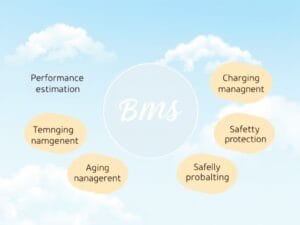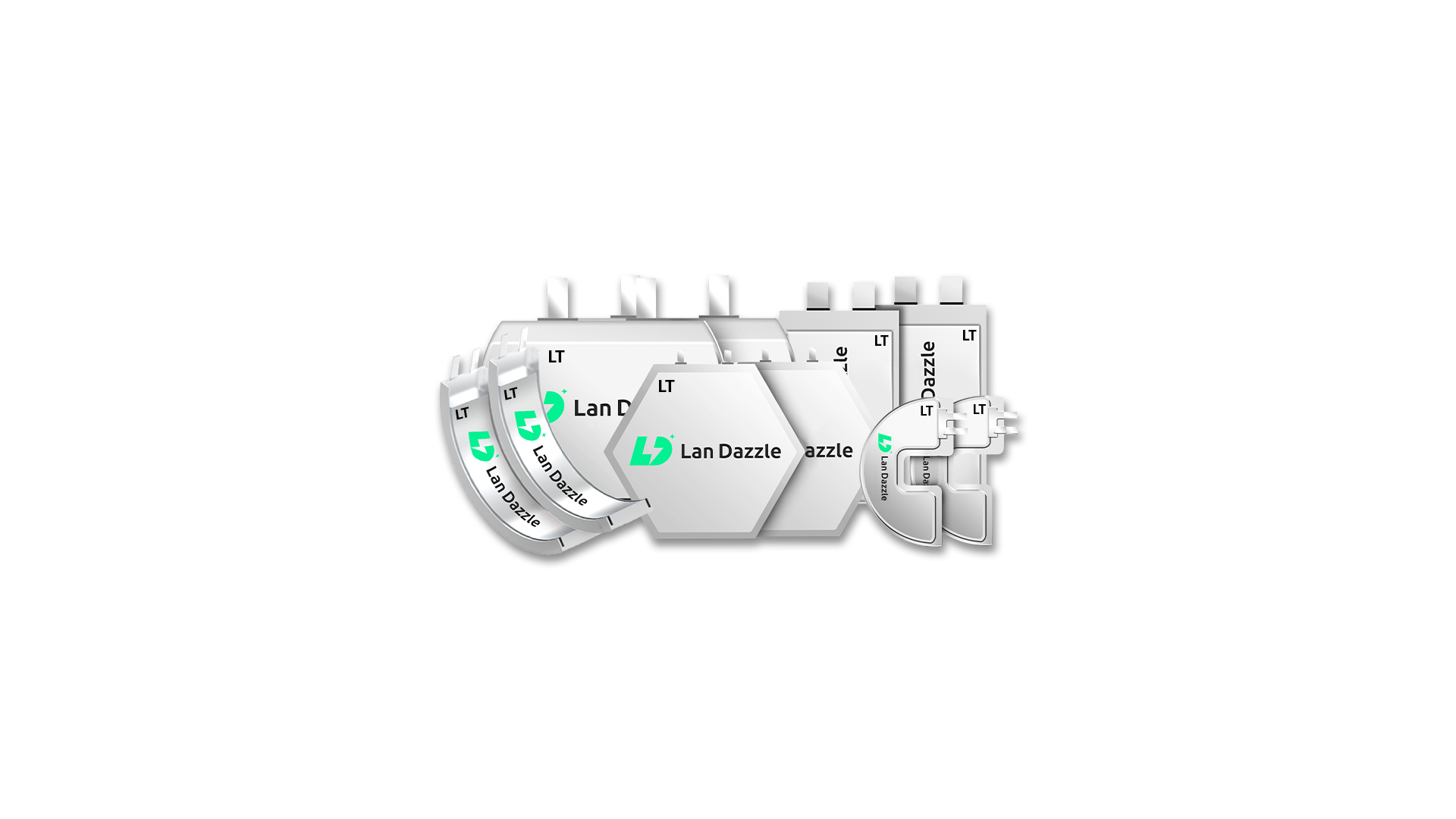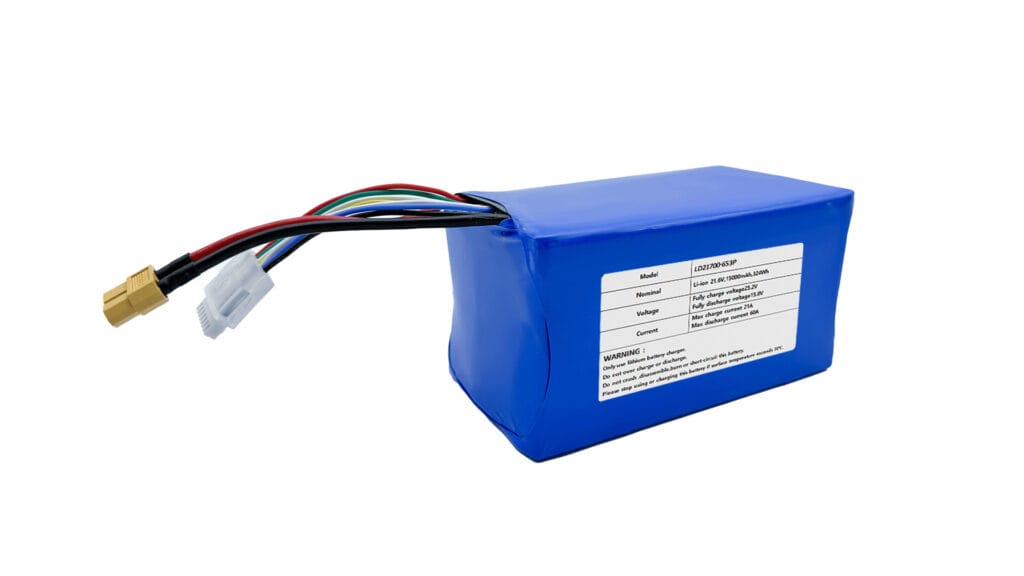The Battery Management System, commonly referred to as the “battery nanny” or “battery butler,” is an intelligent electronic system designed to manage, monitor, and maintain the various states of a battery. Its primary purpose is to ensure that the battery operates in an optimal and stable condition, thereby extending its service life and enhancing its performance. BMS is the abbreviation for Battery Management System.
Main Functions of a BMS
- Battery Monitoring:
The battery management system continuously monitors key parameters such as voltage, current, temperature, and state of charge (SOC) of the battery. This real-time data collection is essential for maintaining the battery’s health and performance. - Protection:
The battery management system safeguards the battery from potential hazards such as overcharging, over-discharging, short circuits, and overheating. These protections help prevent damage to the battery and ensure safe operation. - Cell Balancing:
The battery management system ensures that all cells within a battery pack are charged and discharged evenly. This process, known as cell balancing, prevents individual cells from being overworked or underutilized, thereby improving the overall efficiency and lifespan of the battery. - Intelligent Management:
The battery management system intelligently manages the battery’s charging and discharging processes to optimize performance and extend its service life. It ensures the battery operates within its safe limits and adapts to different working conditions. - Communication and Data Transmission:
The battery management system is equipped with communication interfaces (e.g., wireless communication modules) that allow it to connect with external devices, such as control modules, display modules, and servers. This enables real-time data transmission, remote monitoring, and diagnostics. - Integration with Electrical Equipment:
The battery management system is connected to the battery pack and electrical equipment, ensuring seamless coordination between the battery and the devices it powers. This integration helps maintain stable and efficient operation of the entire system.
 Components of a BMS
Components of a BMS
- Control Module:
Manages the overall operation of the BMS and coordinates with other components. - Display Module:
Provides real-time information about the battery’s status to users. - Wireless Communication Module:
Enables communication between the BMS and external devices or servers. - Data Acquisition Module:
Collects data from the battery, such as voltage, current, and temperature. - Electrical Equipment:
Connects to the BMS to ensure proper power distribution and management.
Summary
The BMS is a critical system that ensures the safe, efficient, and reliable operation of batteries. It plays a vital role in applications such as electric vehicles, renewable energy storage, and portable electronics by managing battery performance, protecting against hazards, and extending battery life. If you are interested in more about battery management system, please visit our website.





